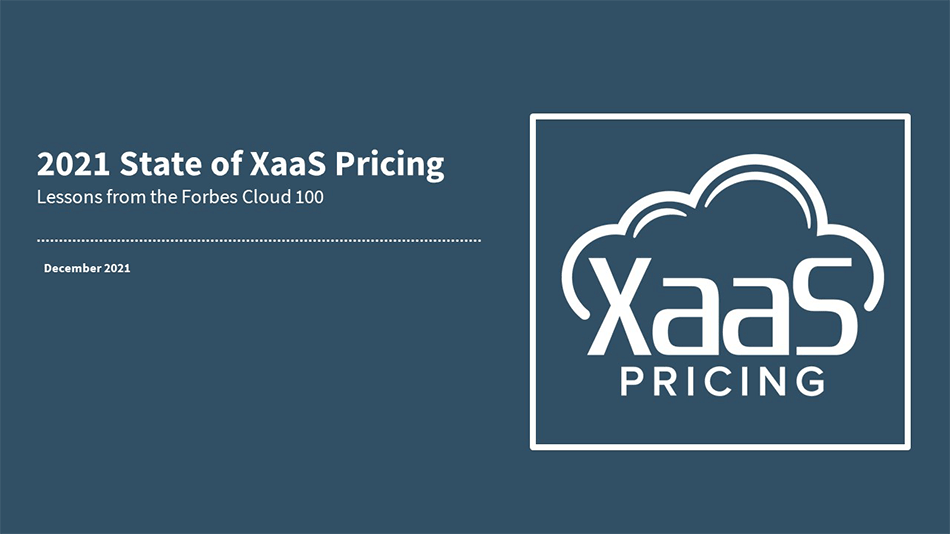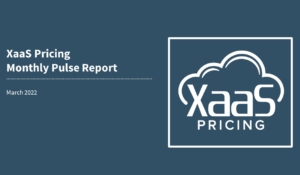Trends toward free tiers, usage-driven models and pricing transparency disrupt all foundational aspects of the SaaS pricing strategy
December 2021
Authors: Bryan Belanger, Colin Naples
December 2021
Authors: Bryan Belanger, Colin Naples

A pricing page with quantitative pricing details in some form is best practice. Most firms do not highlight editions, but nearly all use forms, interactive content, and other anti-scraping measures to make competitive consumption of their list pricing more difficult.
Paid trials are extinct, and free trials are uncommon. While some of this can be attributed to the growing popularity of “forever free” editions, many organizations still push prospective buyers to a demo or other sales interaction as a first step in their process.
Approximately 73% of Forbes Top 100 offerings benchmarked use a tiered model, with many using a traditional “bronze-silver-gold” three tier model or adding a fourth free or freemium tier. Usage factors permeate tiered packaging; over 60% of offerings have usage elements to define tiers.
While usage is becoming central to SaaS vendor commercial strategy, pricing models will be slow to evolve to truly usage-based. Thirty-six percent of the Forbes Cloud 100 offerings use subscription models that charge a flat monthly fee versus 27% that use a true usage-based pricing meter.
List pricing is a starting point but is segment- and commercial-model-specific. Some norms exist in relative price ranges for different categories of offerings. More consistency exists in standard term and volume discounting across SaaS subindustries.
 ©2022 XaaS Pricing. All rights reserved. Terms of Service | Website Maintained by Tidal Media Group
©2022 XaaS Pricing. All rights reserved. Terms of Service | Website Maintained by Tidal Media Group
 XaaS Pricing Monthly Pulse Report | March 2022
XaaS Pricing Monthly Pulse Report | March 2022